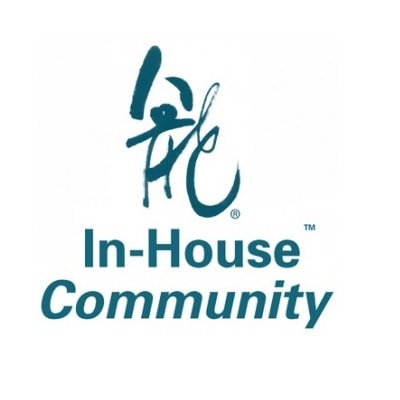
We are pleased to announce that OLN has recently been named an In-House Community: Firm of the Year 2019 – Hong Kong in the area of Intellectual Property. This award recognizes our quality legal services to in-house counsel and buyers of legal services in Hong Kong.
About the In-House Community
In-House Community is a community of In-House Counsel helping In-House Legal and Compliance Professionals meet their ethical, legal and business commitments and responsibilities within their organisations. The In-House Community is comprised of individual member in-house lawyers and those with a responsibility for legal and compliance issues in the Asia-mena region. The In-House Community was founded back in 1998 and now has some 21,000 in-house members, for whom it provides 16 annual In-House Congress events, as well as Asian-mena Counsel magazine and online resources.
 香港中环雪厂街二号圣佐治大厦五楼503室
香港中环雪厂街二号圣佐治大厦五楼503室 +852 2868 0696
+852 2868 0696







